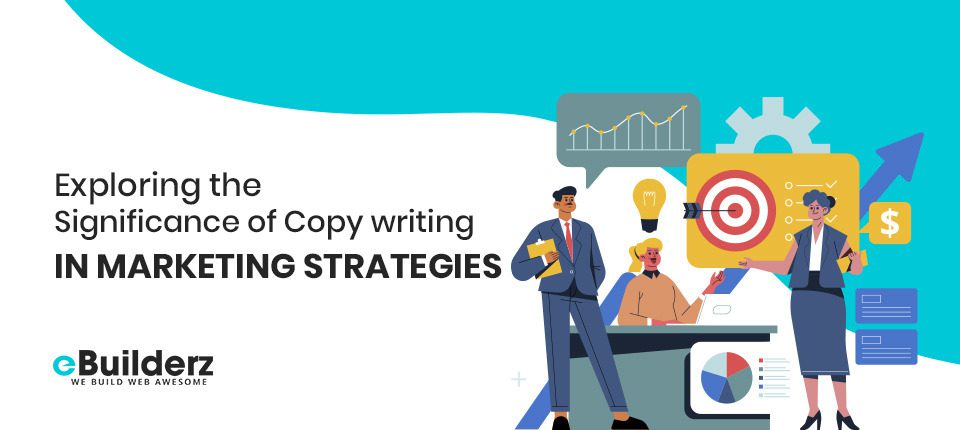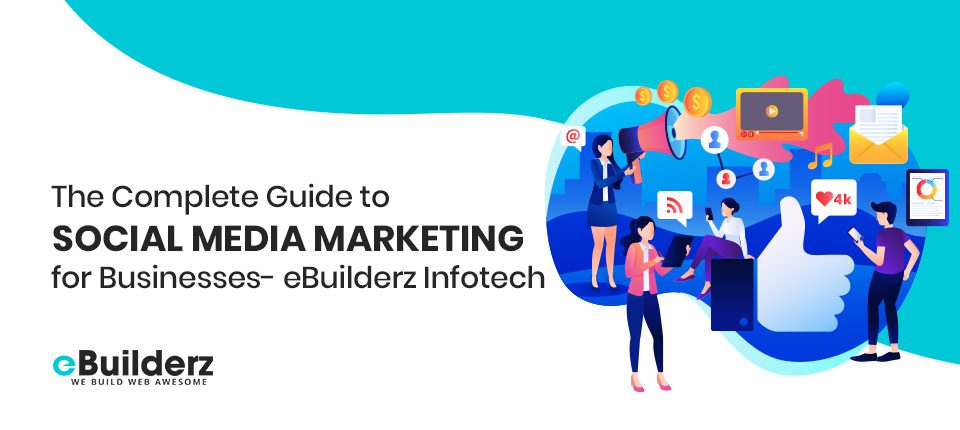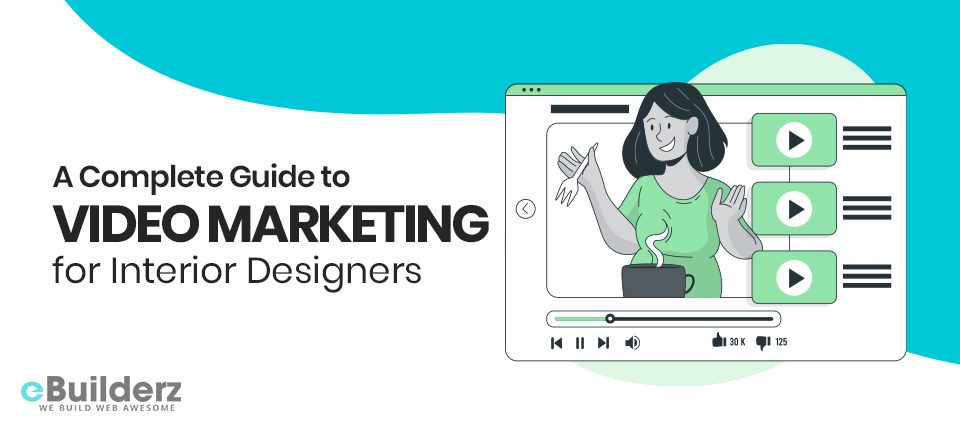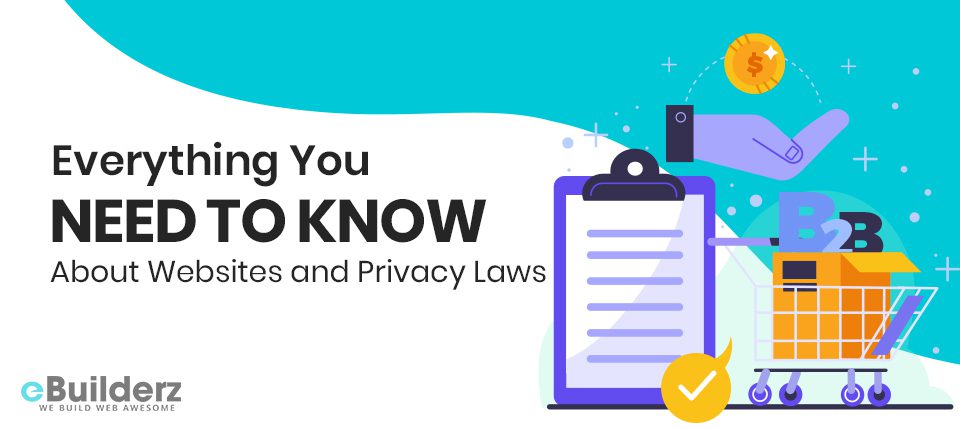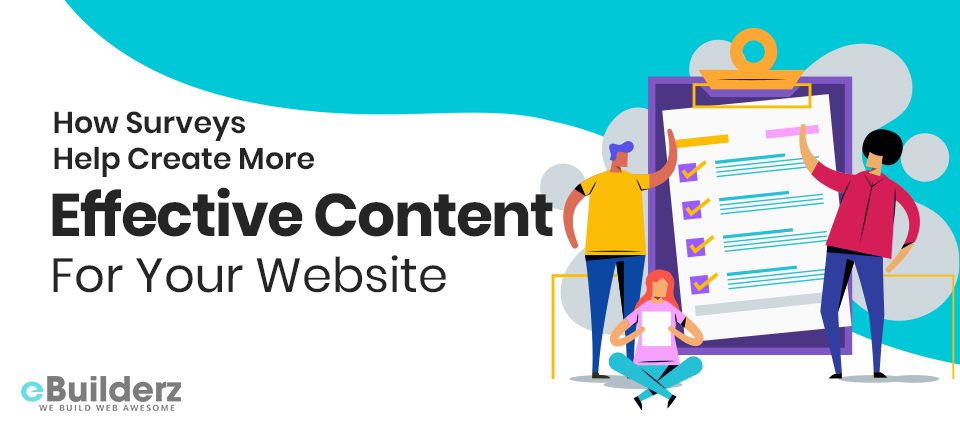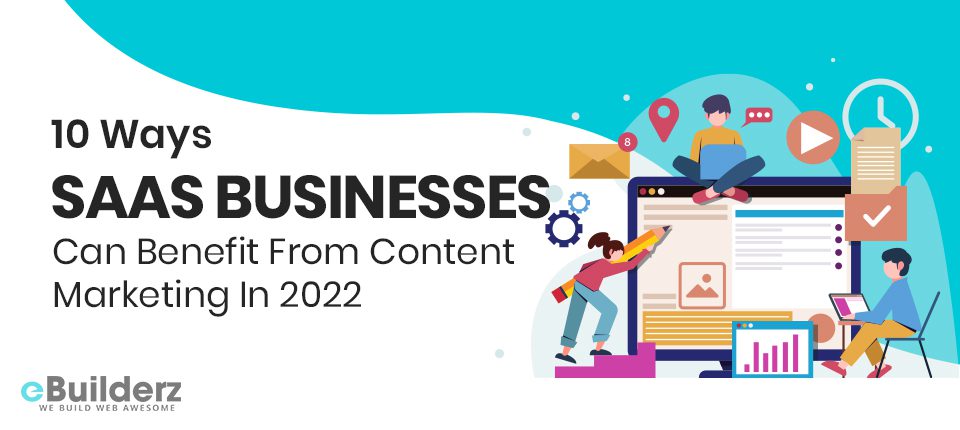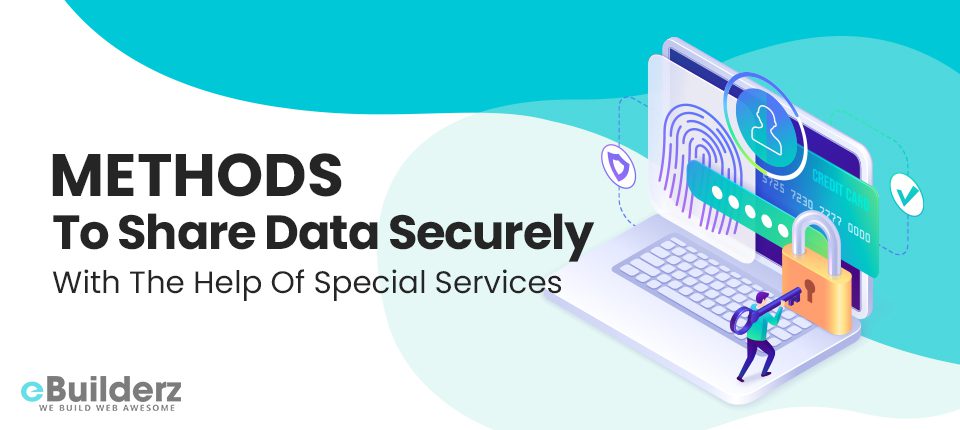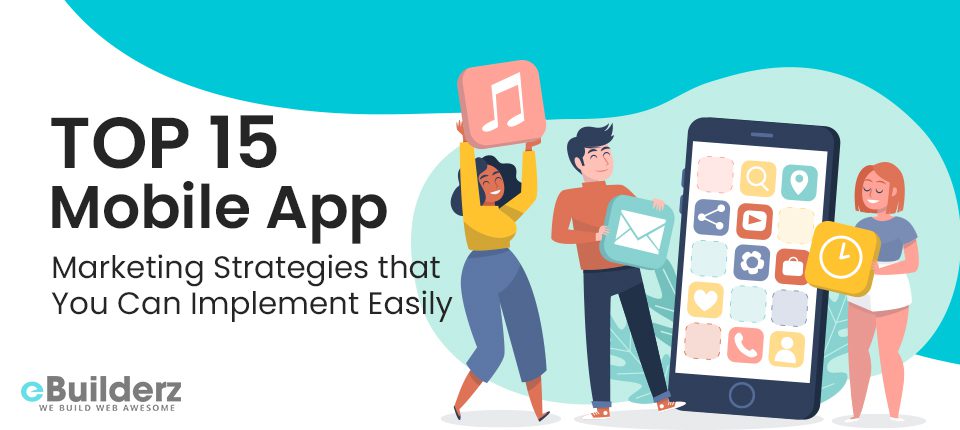Copy writing is the art and science of deliberately using language to get people to take some form of action. In the context of marketing,copy writing is the backbone that communicates the brand’s message, persuading potential customers to engage, convert, and remain loyal to a brand or product. In the digital era, SEO copywriting has taken center stage by blending the art of writing with the technical aspects of search engine optimization. This ensures that content not only appeals to the audience but also ranks well on search engines with technical copy writing. This blending of creativity and technology is essential in website copy writing, where the goal is to balance aesthetics, user experience, and effective messaging. Effective Copy writing can create a unique brand voice, deliver brand messages, and establish trust and credibility.
Definition of Branding and Marketing Strategies
Branding and marketing strategies are the frameworks within which copy writing operates. Effective branding creates a unique image and identity for a business, while marketing strategies are the plans implemented to communicate the brand’s message to the target audience. A professional copywriter plays a crucial role in this process, using words to shape perceptions, build brand awareness, and persuade customers. In branding, words are more than just a means of communication; they are the building blocks of a brand’s identity, making copy writing for SEO and other platforms a critical component of marketing.
What Exactly Does a Copywriter Do?
A copywriter creates compelling messages that captivate the target audience and motivate them to act. Their work spans various forms, from website copywriting service to crafting posts for social media platforms. Freelance copywriters, B2B Copywriters, and Social Media Copywriters often specialise in different areas, but their core goal remains the same: to create content that converts. They research, strategize, and write, tailoring their approach to other mediums and audiences. Their expertise lies in understanding consumer psychology and using persuasive language that aligns with the brand’s voice.
Types of Copywriting
-
Social Media Copywriting
Social media copywriting is about creating engaging and shareable content for platforms like Facebook, Instagram, and Twitter. The key here is brevity and impact. A social media copywriter must craft messages that are short, attention-grabbing, and aligned with the brand’s voice. This form of copywriting often involves a conversational tone and the use of trending topics or hashtags to increase engagement.
-
Email Copywriting
Email copywriting is a powerful tool in direct marketing. It involves writing compelling subject lines and email content that prompts readers to take action, whether it’s making a purchase, signing up for a webinar, or engaging with content. A successful email copywriter knows how to create a sense of urgency and relevance, personalising content to resonate with the recipient.
-
SEO Copywriting
The goal of SEO copywriting is focused on creating content that performs well in SERP results. It involves strategically using keywords and phrases to optimise web content while ensuring it is engaging and valuable to the reader. SEO copywriters must balance the technical aspects of SEO with the art of writing. Their work involves understanding search engine algorithms, conducting keyword research, and creating content that answers the target audience’s queries.
-
Blog Copywriting
Blog copywriting involves creating informative and engaging content typically published on a company’s website. This type of copywriting aims to educate, inform, or entertain the audience while subtly promoting a brand or its products. A blog copywriter needs to be well-versed in storytelling, presenting ideas in a way that captivates the audience and encourages them to read more. Blogs are a vital part of content marketing strategies, helping to establish a brand as a thought leader in its industry and improve its SEO performance.
-
Website Copywriting
Website copywriting creates content for various website pages, including the homepage, about us, services, and product pages. This type of copywriting is crucial as it informs visitors and persuades them to take action, like making a purchase or contacting the company.
-
Product Copywriting
Product copywriting focuses on writing descriptions and features of products in a way that appeals to potential buyers. This type of copywriting requires a deep understanding of the product, its benefits, and how it meets the needs or desires of the target audience.
eBuilderz Infotech: Most Professional Copywriters
eBuilderz Infotech stands out for its exceptional copywriting services. As a leading website copywriting, our team of highly skilled professional copywriter specialise in various types of copywriting, from SEO copywriting to technical and social media content. Their expertise ensures that content is well-written and strategically aligned with SEO principles and brand messaging, making them a go-to choice for businesses seeking impactful copywriting solutions. At our organisation, our experts guide you through every step of internet marketing, creating content for email newsletters, brochures, press releases, blogs, and more.
Copywriting Tips for Effective Campaigns:
Specific copywriting tips can be invaluable for effective campaigns. These include understanding the audience, being clear and concise, and incorporating a solid call to action. A professional copywriter knows how to tell a story that resonates with the target audience, evoking emotions and prompting engagement. Website copywriting should be SEO-friendly and human-centric, balancing keywords with natural language. Regularly updating website content and blogs with relevant, high-quality content is an essential strategy employed by website copywriting services.
In the Nutshell: The Importance of Copywriting in Marketing
In conclusion, the importance of copywriting in marketing cannot be overstated. It is a critical tool for communicating brand messages, engaging customers, and driving conversions. Whether through SEO copywriting, B2B, or Social Media Copywriting, the words chosen by a professional copywriter can significantly impact a brand’s success.
Here are a few more topics that you shouldn’t miss:
Everything You Need to Know About Websites and Privacy Laws
A Complete Guide to Video Marketing for Interior Designers
A Complete Guide To Promoting Your Website On Instagram
Like this post? Don’t forget to share

